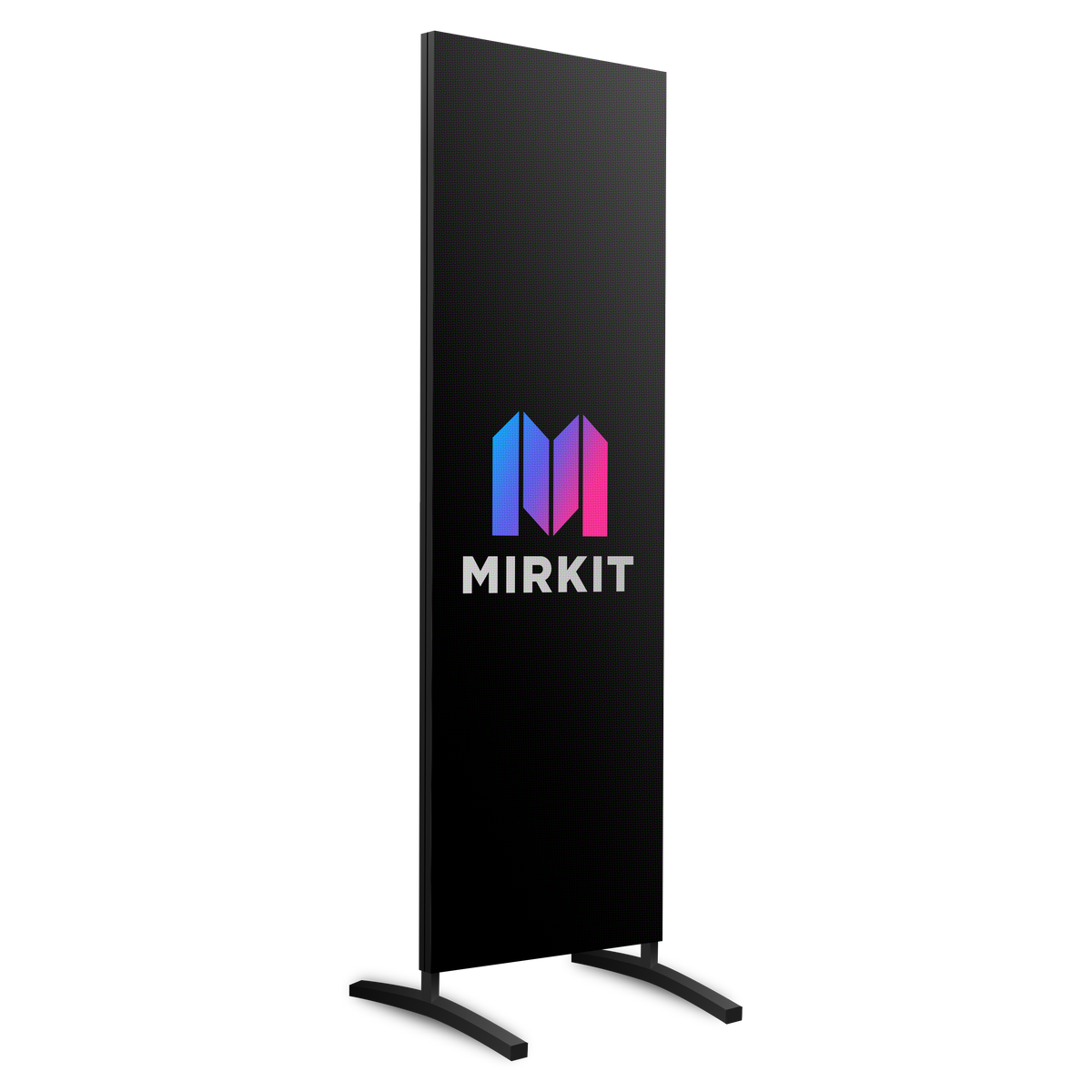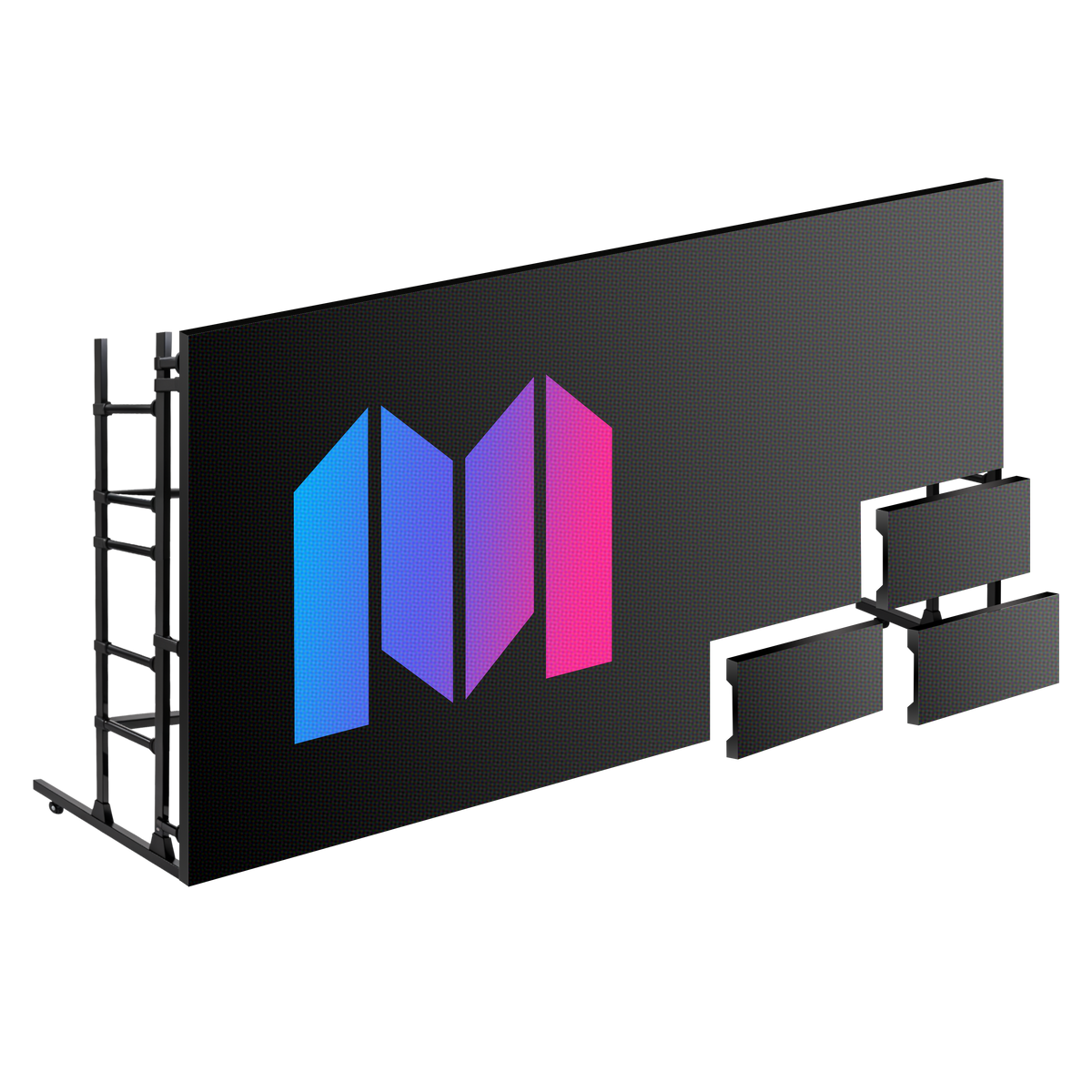Choosing an outdoor display isn't just about size or resolution; it's much more subtle. Many professionals don't realize that a display installed in direct sunlight must reach at least 2,500 to 5,000 nits of brightness to remain readable, otherwise it becomes unusable by mid-morning. However, even an ultra-bright model can be completely unsuitable if the protection rating isn't up to par. The best-performing displays generally last much longer, but only if you ask the right questions from the start.
Table of Contents
- Step 1: Analyze your specific needs
- Step 2: Evaluate the technical characteristics
- Step 3: Compare options on the market
- Step 4: Test the selected models
- Step 5: Finalize your choice and proceed with the purchase
Quick Summary
| Key point | Explanation |
|---|---|
| 1. Analyze your specific needs | Identify the main use of your screen to define its suitable technical characteristics. |
| 2. Evaluate the technical characteristics | Look at brightness, resolution, and IP rating to ensure performance and durability. |
| 3. Compare options on the market | Create a comparison table of the different models, taking into account budget and performance. |
| 4. Test the selected models | Organize on-site demonstrations to observe the actual performance of the displays under real-life conditions. |
| 5. Finalize your purchase choice | Negotiate contractual terms and ensure technical compliance before placing an order. |
Step 1: Analyze your specific needs
Selecting an outdoor display begins with a thorough analysis of your specific needs. This crucial step will determine the technical features your display must have to effectively meet your visual communication objectives.
Start by clearly defining the primary use of your screen. Is it a signage device for a business, a dynamic advertising tool, or an information support for an event? Each context has different technical requirements. A screen intended for advertising in a retail area, for example, will require different characteristics than one used in a hospital or event environment.
Consider the installation environment as a determining factor. Outdoor conditions play a crucial role in your screen selection. According to the Department of Energy's recommendations , exposure to sunlight, temperature fluctuations, and weather conditions require careful assessment. A screen installed in direct sunlight will need significantly higher brightness than a screen placed in a shaded or semi-shaded area.
Also consider viewing distance and viewing angle . These parameters will directly influence the resolution and format of your screen. A screen intended for close viewing in a lobby will not require the same resolution as a screen visible from a great distance in an open space.
Here are some essential criteria to consider:
- Required brightness (measured in nits)
- Resolution adapted to viewing distance
- Weather protection rating (IP standard)
- Operating temperature range
- Optimal viewing angle
Don't neglect the budgetary aspects and technical constraints of your installation. A professional can help you refine your analysis and translate your needs into precise technical specifications. Take the time to think this through beforehand: it determines the success of your outdoor signage project.
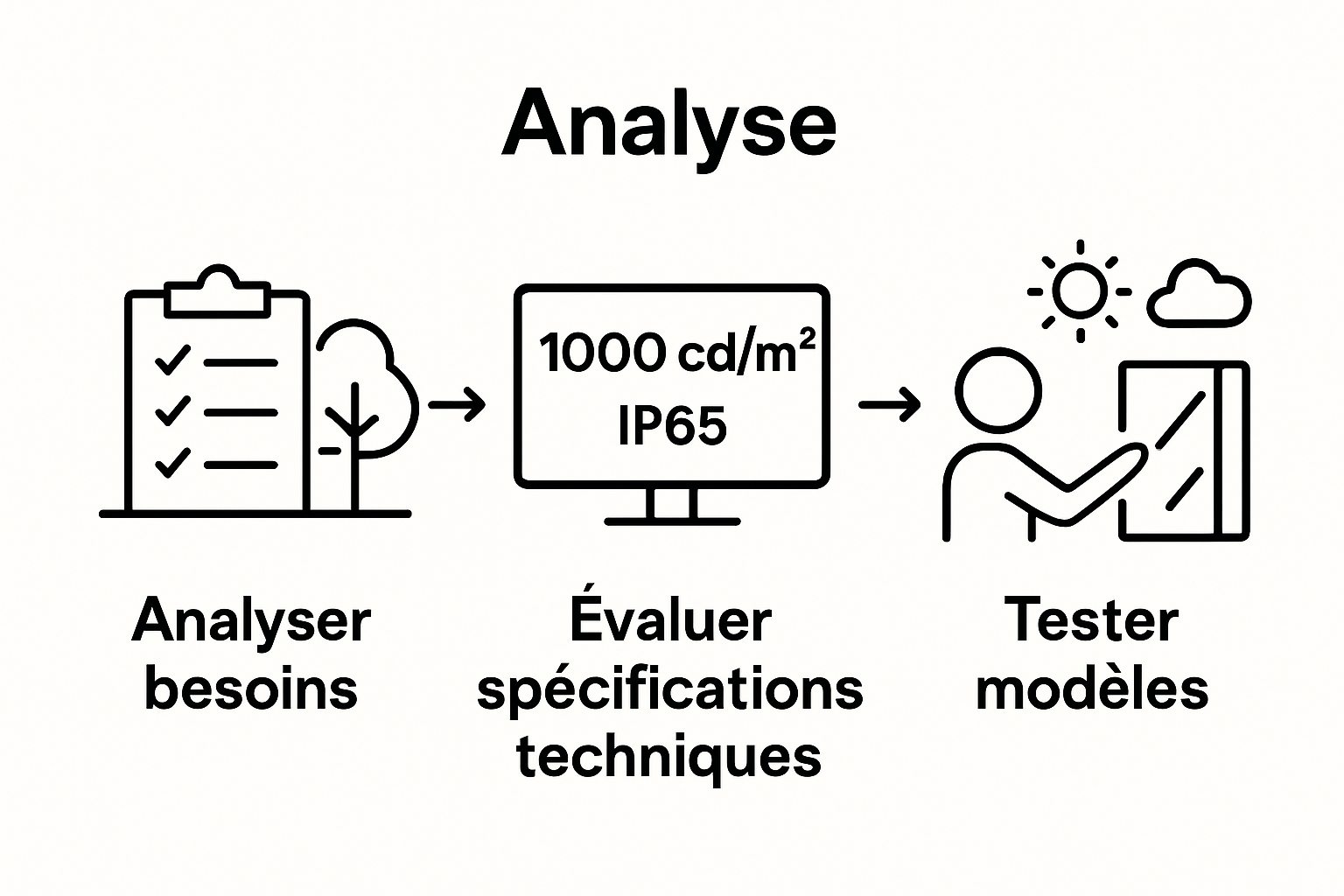
Step 2: Evaluate the technical characteristics
Once you've defined your specific needs, the next step is to take a detailed look at the technical specifications that will determine the performance of your outdoor display. This technical assessment is essential to ensure your investment fully meets your visual communication expectations.
Brightness is a fundamental parameter for an outdoor display. Measured in nits, it determines the visibility of your display in different environmental conditions. For areas exposed to direct sunlight, opt for displays with a minimum brightness of 2500 to 5000 nits. A dimmer display will become unreadable in broad daylight, compromising the effectiveness of your communication.
According to technical studies, resolution is another crucial criterion. It determines the sharpness and quality of the perceived image. Calculate the ideal resolution based on the average viewing distance. A simple rule of thumb is to consider a higher resolution for screens viewed up close, and a standard resolution for installations at a greater distance.
The IP rating deserves special attention. This technical indicator guarantees the resistance of your screen to outdoor conditions. An IP65 rating or higher provides optimal protection against dust and water splashes, ensuring the durability of your equipment in variable environments.
Here are the main technical parameters to check:
- Brightness (nits)
- Screen resolution and definition
- IP protection rating
- Operating temperature range
- Viewing angle
- Power consumption
Also consider display technology. LED displays generally offer many advantages for outdoor installations: high brightness, long durability, and optimized energy consumption. Some models incorporate automatic control systems that adjust brightness based on ambient light, thus extending the lifespan of the equipment.
Here is a summary table of the main technical parameters to check when selecting an outdoor screen, to facilitate comparison and decision-making.
| Setting | Main importance | Recommended/Typical Value |
|---|---|---|
| Brightness | Readability in daylight, visibility in sunlight | 2500 to 5000 nits |
| Resolution | Image sharpness according to viewing distance | Depends on viewing distance |
| Protection index (IP) | Water and dust resistance | IP65 or higher |
| Temperature range | Operation in different climatic conditions | Wide range, depending on the environment |
| Viewing angle | Display quality for varied viewpoints | Wide angle (e.g.: 120°-160°) |
| Power consumption | Energy Cost and Efficiency Management | Optimized according to the model |
Don't hesitate to consult professionals or request technical demonstrations. A thorough assessment of the features will allow you to make an informed choice and select an outdoor screen perfectly suited to your specific needs.
Step 3: Compare options on the market
Comparing the options available on the market is a strategic step in your outdoor screen selection process. This phase will allow you to compare different models and manufacturers to identify the solution that best meets your technical and budgetary needs.
Start by creating a detailed comparison table of models that meet your previously defined criteria. Don't limit yourself to basic technical specifications, but also examine the manufacturers' reputation, the warranties offered, and feedback from professional users.
Budget plays a significant role in this comparison. Professional outdoor displays vary significantly in price, ranging from a few thousand to tens of thousands of euros depending on their performance. Set a realistic budget that takes into account not only the initial cost, but also the long-term installation and maintenance costs.
According to digital equipment experts , it is essential to prioritize quality and durability rather than making a choice based solely on price. A cheaper screen initially could generate much higher replacement or repair costs in the medium term.
Here are the main comparison criteria to consider:
- Price and value for money
- Manufacturer's warranty
- Technical performance
- Delivery times
- Support and after-sales service
- Customization options
Don't hesitate to ask suppliers for technical demonstrations or trial periods. Some professionals offer temporary installations that will allow you to test the screens' performance in your specific environment.
Also consider checking the compatibility of content management systems and control software. A technically efficient screen should be able to integrate easily with your existing communication tools.
This table presents a summary of the main criteria to compare when analyzing the different outdoor screen model options on the market.
| Criteria | Detail to compare | Impact on the final choice |
|---|---|---|
| Price | Acquisition cost and additional costs | Respect for the overall budget |
| Manufacturer's warranty | Duration and conditions of the guarantee | Protection against breakdowns and hidden defects |
| Technical performance | Image quality, robustness | Actual effectiveness according to use |
| Delivery times | Time between order and installation | Respect for the project schedule |
| Support/After-Sales Service | Customer service availability | Quick management of potential problems |
| Customization options | Adaptation of the product to specific needs | Relevance for professional application |
The comparison phase shouldn't be rushed. Take the time to gather information, consult multiple sources, and compare different quotes. A thorough analysis will allow you to make an informed choice and maximize your investment in high-performance, durable outdoor display equipment.
Step 4: Test the selected models
The testing phase is a crucial step in selecting your outdoor screen. Once you've identified several potential models, it's essential to put them through real-world use to assess their actual performance and how well they meet your specific needs.
Start by organizing hands-on demonstrations directly at your installation site. Professional manufacturers typically offer test sessions that allow you to concretely visualize how the displays behave in your exact environment. Carefully observe the image quality, readability under different lighting conditions, and system responsiveness.
Exposure to real-world conditions is crucial. A display may exhibit exceptional technical characteristics in the laboratory, but react differently to external stresses. Test its resistance to temperature variations, humidity, and solar radiation. In particular, check the display's ability to maintain constant brightness and optimal readability throughout the day.
According to specialist technical recommendations , it is essential to simulate the most extreme operating conditions. Schedule tests including:
- Direct exposure to sunlight
- Temperature variations
- Water splashes and humidity
- Day/night cycles
- Variation of viewing angles
Pay special attention to ergonomics and integration . A great display should not only perform technically, but also blend seamlessly into your space. Evaluate ease of installation, mounting options, and compatibility with your existing content management systems.
Don't hesitate to ask for references from customers who have already installed the models you're testing. Professional feedback will provide valuable insights into long-term reliability and potential areas of concern.
Also consider the software dimension . A high-performance display must offer great programming flexibility, allow for remote updates, and offer intuitive management interfaces. Test the control software, check its ergonomics and its ability to meet your specific communication needs.
The testing phase should not be neglected or rushed. Take the time needed to thoroughly evaluate each model. A thorough selection will ensure optimal investment and long-lasting performance for your outdoor display project.
This table summarizes the key steps in the outdoor screen testing phase and the major checkpoints to anticipate to ensure a relevant choice.
| Test step | Main objective | Specific focus point |
|---|---|---|
| On-site demonstration | Check actual performance | Readability and image quality |
| Exposure to real-life conditions | Testing robustness against the environment | Weather resistance, variations |
| Simulation of extreme stresses | Ensure technical stability | Maintain brightness, day/night cycles |
| Software integration verification | Compatibility with your existing systems and content | Ease of management, software ergonomics |
| Collection of feedback | Benefit from the opinions of professional users | Long-term reliability |
Step 5: Finalize your choice and proceed with the purchase
After thorough analysis and rigorous testing, you arrive at the crucial stage of finalizing and purchasing your outdoor screen. This phase requires meticulous attention to ensure your investment perfectly meets your professional expectations.
Start by negotiating the contractual terms with the supplier. A professional contract should include specific guarantees on performance, durability, and technical support conditions. Pay particular attention to clauses relating to maintenance, parts replacement, and coverage for potential malfunctions.
Carefully evaluate delivery and installation options . Professional equipment often requires specialized technical setup. Make sure the supplier offers a complete installation service, including technical configuration, content management system setup, and initial support.
According to the recommendations of professional equipment experts, it is crucial to check several points before finalization:
- Technical compliance with the initial specifications
- Specific warranty conditions
- Delivery and installation times
- Preventive maintenance options
- Software update possibilities
Take the time to compare financing options . Some providers offer leasing or hire purchase solutions that can be beneficial for businesses. These options allow you to spread the investment and benefit from regular equipment renewal solutions.
Technical documentation is an essential part of your purchase. Request a complete file including detailed technical specifications, user manuals, certificates of conformity, and maintenance guides. These documents will be invaluable for your technical teams and for future equipment management.
Don't forget to schedule a training session for your teams. Even if the screen seems intuitive, specific training will help you optimize its use, understand its advanced features, and prevent operating errors.
Once all of these elements have been verified, you can proceed to signing the purchase order with the certainty of having made a considered and strategic choice.
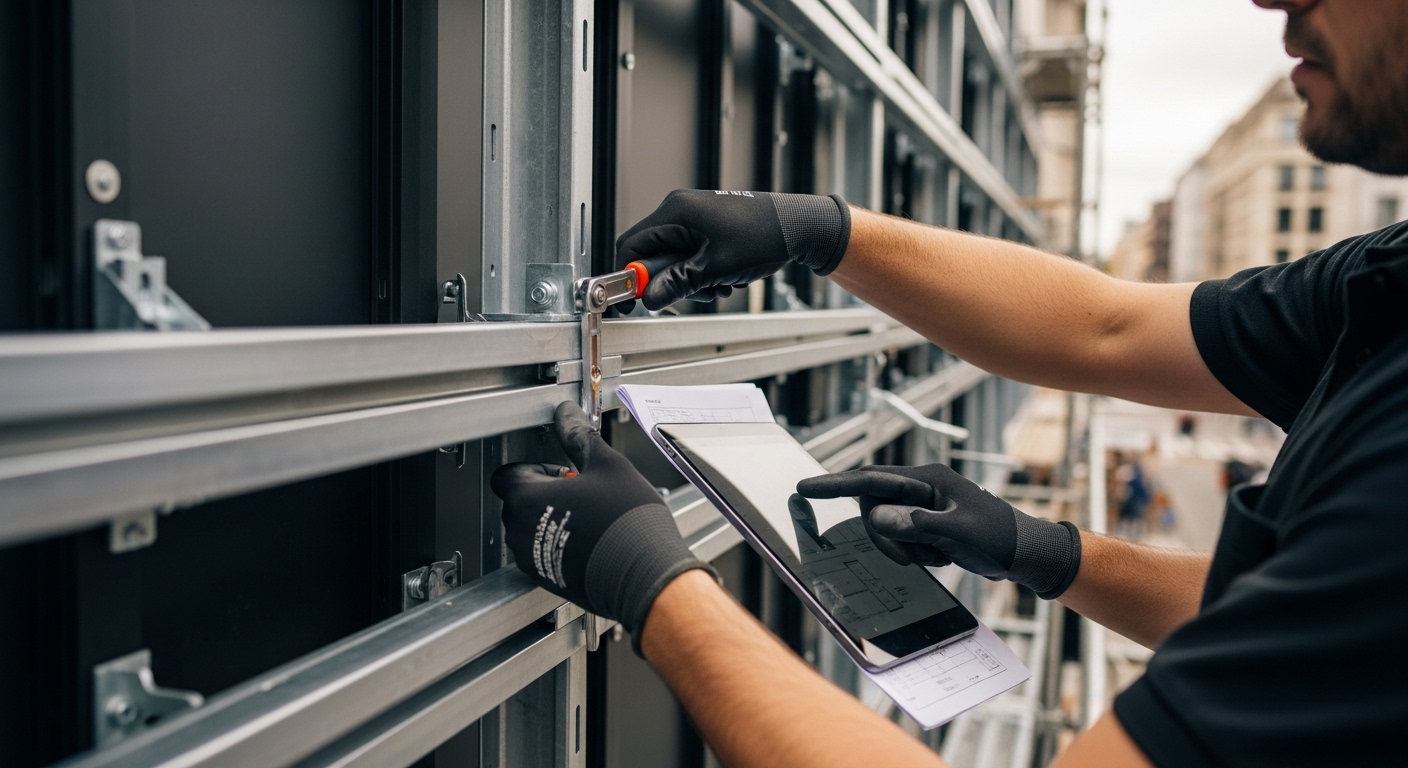 Your new outdoor screen then becomes a high-performance communication tool, perfectly adapted to your professional needs.
Your new outdoor screen then becomes a high-performance communication tool, perfectly adapted to your professional needs.
Move from theory to action with Mirkit: finally find the ideal outdoor screen
You've followed all the steps in this guide to selecting a high-performance outdoor display. But with so many models to choose from, it's difficult to choose reliable equipment that's perfectly suited to your professional environment, especially if you're dealing with constraints related to brightness, robustness, and visibility in real-world conditions.
Imagine a solution where each LED screen is designed for your use. At Mirkit, you benefit from all the technical expertise for renting or purchasing outdoor screens adapted to your visual communication needs. Take advantage of our selection of professional screens for rent and discover our range of tailor-made solutions for events and advertising . Our products integrate perfectly into demanding spaces such as shop windows, trade shows or passageways, with quick installation and complete support.
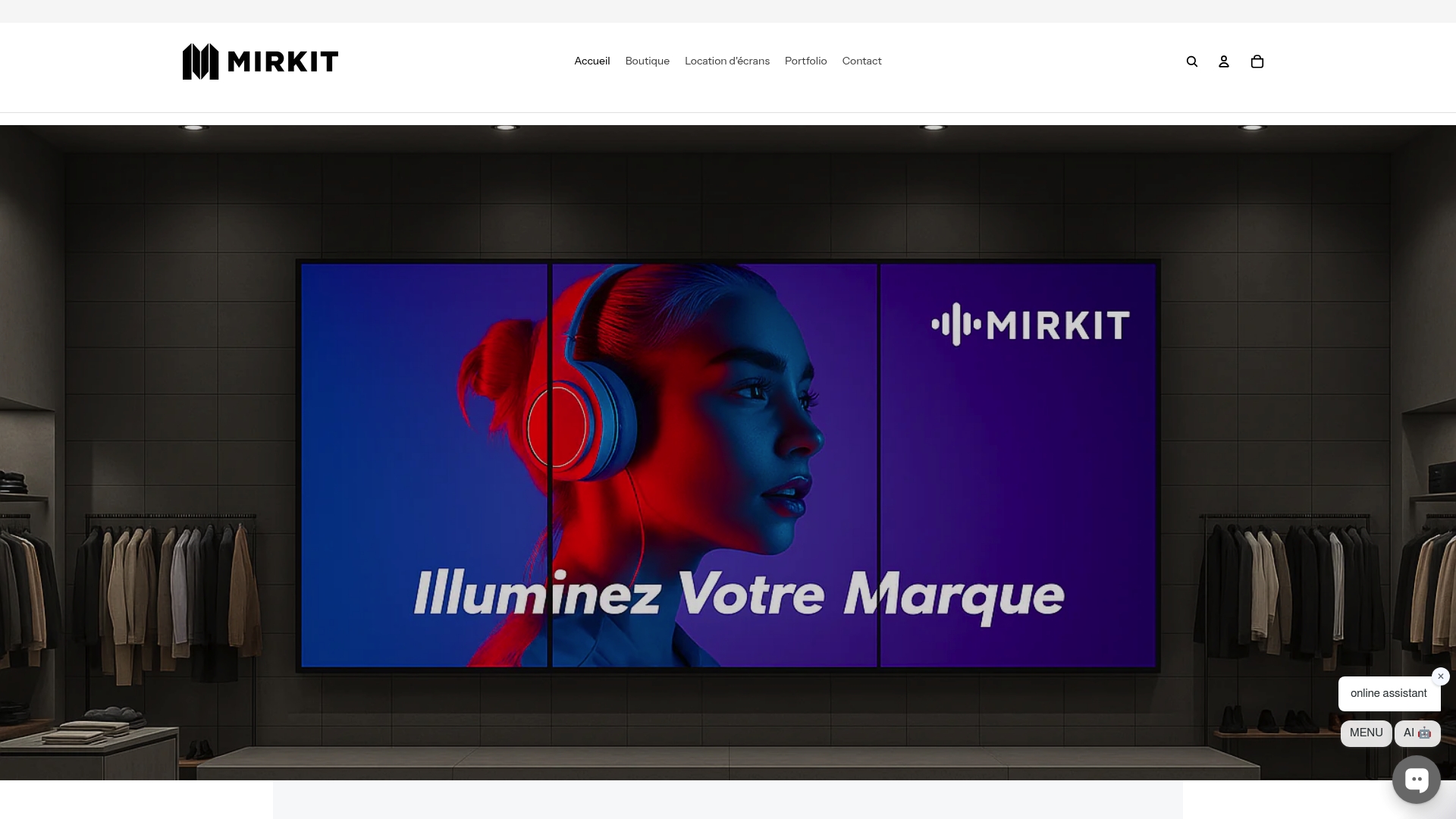
Don't let technical questions hold you back. Get personalized advice now and access the best LED technology directly at mirkit.fr . Take advantage of our dedicated offers and experience the professional quality that will make the difference to your outdoor visibility.
Frequently Asked Questions
What criteria should be considered when choosing an outdoor screen?
It is essential to consider brightness, resolution, ingress protection (IP) rating, operating temperature range and viewing angle when selecting your outdoor display.
How to assess the right brightness for an outdoor screen?
Brightness should generally be at least 2500 to 5000 nits for a display intended to be placed in direct sunlight, to ensure good visibility in bright conditions.
Why is it important to test the selected screen models?
Testing models in real conditions allows you to assess their visual performance, weather resistance and integration into your specific environment before purchasing.
What display technologies are recommended for outdoor displays?
LED displays are often recommended for outdoor installations due to their high brightness, durability, and energy efficiency.
